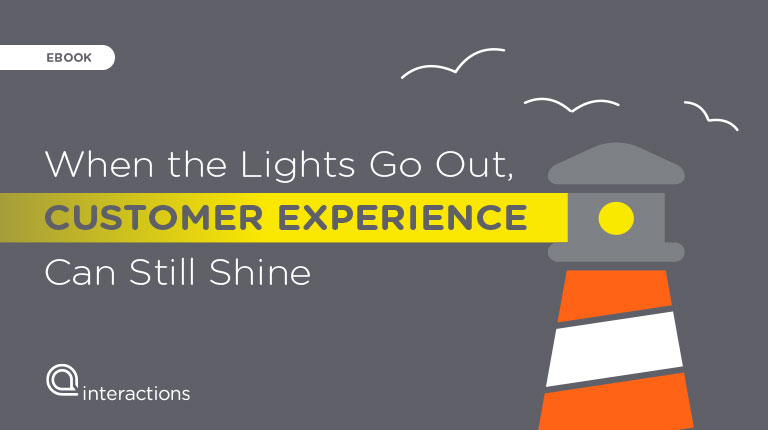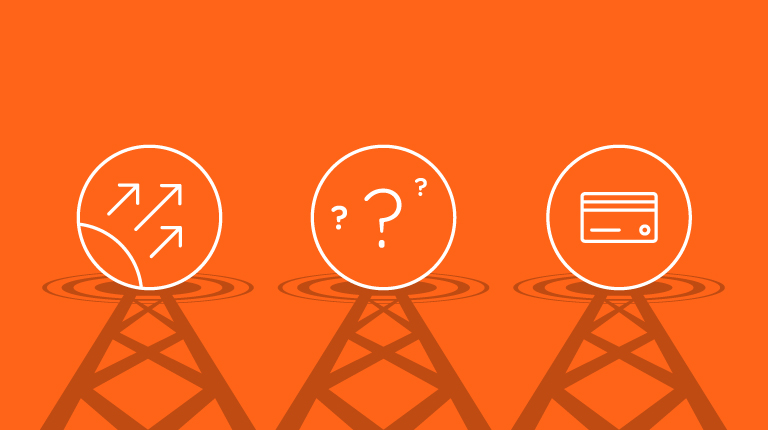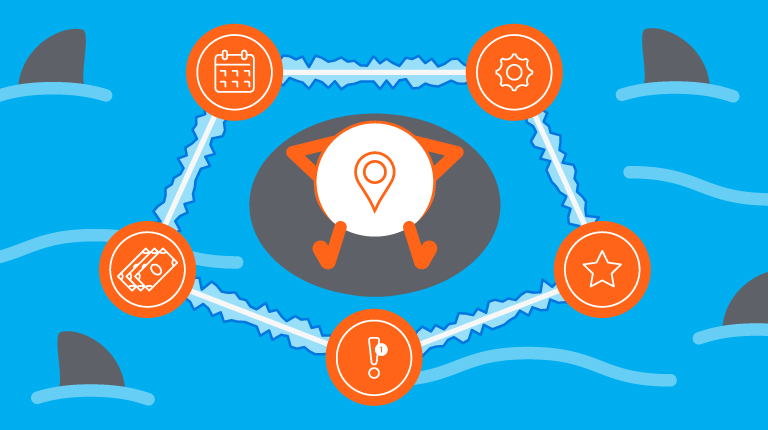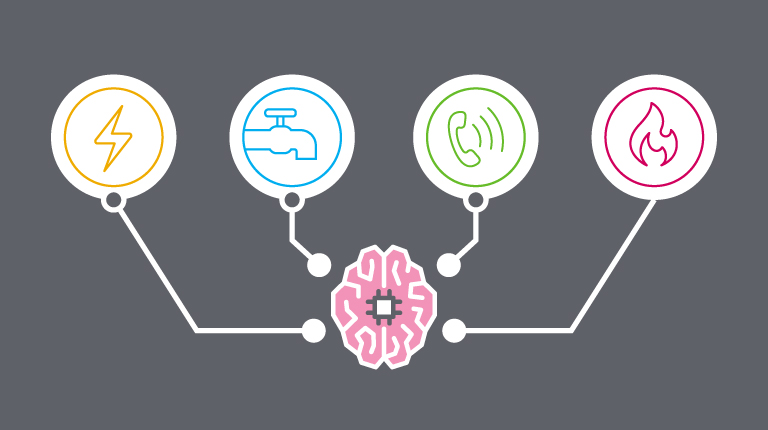You’re not able to change the unpredictability of the weather, but you can ensure better days ahead for your customers and care team when outages do occur.
We witnessed the catastrophic effects that outages can cause recently when Winter Storm Uri’s extended cold, snow, and ice resulted in snapped power lines, burst pipes, and other damage. As a result, many utilities were forced to “roll” outages to keep up with the damage to the grid, causing people who were initially fortunate enough not to lose power into the dark.
In these times of uncertainty and chaos, a streamlined customer experience can go a long way in helping customers feel supported, assured, and safe. An effortless conversation can ease a customer’s mind not only to build a stronger relationship, but also spread positivity during a stressful situation. Not to mention, utilities are under increased pressure from Public Utility Commissions (PUCs) to improve handling of unplanned spikes due to outages, either through the use of new technology, or by increasing their contact center agents to handle the increased call volume.
Scaling to meet Customer Needs
Utility providers face unique challenges when outages strike and customer experience is strained as agents struggle to keep up with the high volume of calls. It comes down to the simple fact that there are too many customers calling, and not enough agents to answer. Short of hiring new contact center agents or shifting employees from other roles (an impossible task due to the ‘all hands on deck’ response needed to reconnect customers and repair damage), it is hard for utilities to scale up the number of agents quickly. Scaling up a contact center or support team is hard when times are good: imagine how hard it is to ask agents to assist customers when they too may be in the dark or the cold themselves, suffering the impact of an outage.
So how can utility providers protect themselves and their customers during stressful outages?
We’ve put together a list of the top 4 best practices to guide utilities companies for maintaining high levels of customer satisfaction during outages and unpredictable events.
Improve agent experience
Agent experience directly affects customer experience. To improve agent experience, utilities should focus on implementing automation that can take over data-driven, complex, transactional conversations, so human agents can focus on tasks that need their expertise and special training. This not only makes agents feel more valued, but it also allows agents to focus on the most crucial queries in an outage situation.
Offer self-service options to decrease wait times
When the power is out and the stress is high, wait times add to customer frustration. Self-service allows scalability so that more customers can be served, which decreases or eliminates wait times. By offering self-service options, customers have the ability to manage their own inquiries on their own time. Customers may want to get an update on the outage, understand the rolling blackout schedule, or report a change. With the right self-service automation implemented, these data-driven transactions won’t take up valuable agent minutes or require any wait time or hassle for the customers.Data from past outages can be valuable in helping to understand which inquiries can be best automated during a crisis.
Proactive and direct communication
Just like with any relationship, direct, clear, and timely communication is the key to maintaining (and even improving) your relationship with customers. Evaluate the potential short-term customer journeys during an outage with the goal of lowering customer effort and guiding them toward the most relevant information. It is especially useful to make answers readily available for frequent queries, for example by using banner messages to communicate important updates. And to keep customers feeling supported throughout the outage, virtual assistants can provide proactive updates on outage conditions and notify consumers with a timeline for when service will be restored.
Lead with empathy
Especially in stressful times, consumers want brands to show empathy and support. There are a few ways to equip a utilities contact center to show empathy, even with automated technologies. For one, outdated and inefficient IVR and DTMF systems can add to customer frustration with complicated menu trees and long wait times. More advanced virtual assistants powered by Conversational AI, like Intelligent Virtual Assistants (IVA), can leverage emotion detection technology to accurately respond to a customer’s emotion. Most importantly, though, is an IVA’s ability to handle every customer inquiry in a human-like and empathetic manner, ensuring that customers feel understood and supported.
For more information on how to future-proof your business to scale quickly and meet customer demand, while keeping customer satisfaction high–especially during times of unplanned outages and service disruptions–check out our eBook.





